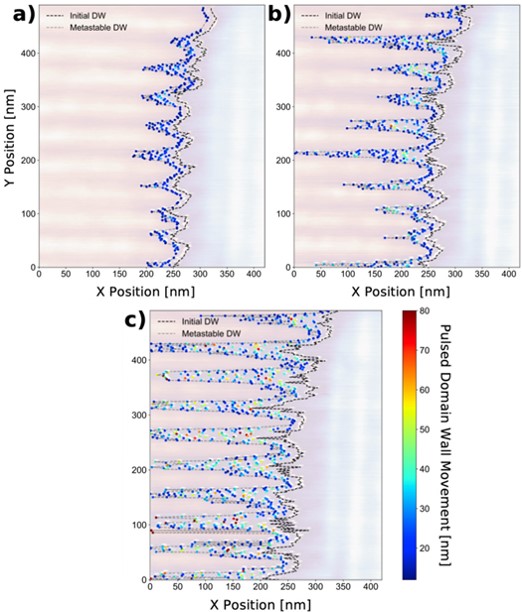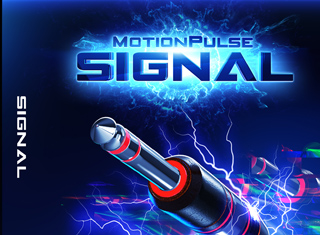

Each plot compares one test oximeter during the two motion conditions with the N-200 control on the stationary hand. ( Figure 1) shows typical single-subject plots of SpO 2versus time for the three pulse oximeters tested: Nellcor N-200, Nellcor N-3000, and Masimo SET. Sensors were located on the index, middle, and ring fingers, and the specific fingers for each instrument were rotated among the volunteers. Data obtained from the test hand during various motion protocols were compared with simultaneous data from a similar oximeter whose sensor was located on the stationary control hand. The Masimo sensor, provided by the manufacturer, was similar in appearance to the Nellcor disposable. All sensors used in the study were disposable, tape-on adult finger sensors they were firmly attached to the finger and all had the same low mass. ) Additional N-200 and Masimo SET sensors were placed on the cannulated or control hand. (The C-lock feature of the N-200 was not used during this study because it actually deteriorated performance in the preliminary motion study. Three pulse oximeter sensors were then attached to the test hand (the hand opposite the radial cannula): Nellcor N-200, Nellcor N-3000 “Symphony,” and Masimo SET prototype. After giving informed consent, each participant had a 20-gauge, 1.5-inch cannula placed in the radial artery of the nondominant wrist. Participants included seven men and three women, whose average age was 26.6 + 6.7 yr (range, 19 to 42 yr) all were nonsmokers with no evidence of vascular or other systemic disease. Ten healthy volunteers participated in this study, which was reviewed and approved by the Human Subjects Review Committee. To avoid confusion, we use the term data dropout to describe any interruption in continuous SpO 2data, and dropout rate as the percentage of time when SpO 2data are not provided by the oximeter.

A recent intraoperative study defined data failure as the presence of a gap of more than 10 min in continuously recorded SpO 2data. Use of the term failure rate is problematic, because nearly every published study has applied a different definition. The term failure was defined in this study as a gap of more than 15 minutes in the anesthesia record without pulse oximetry (SpO 2) data. A prospective study in the operating room in 1991 found an overall incidence of oximeter failure near 1%. A notch filter protects the imaging equipment from scattered laser light.Continuous monitoring of arterial hemoglobin oxygen saturation by pulse oximetry has been a standard of care in the operating room since 1990 and in the recovery room since 1992.* Despite universal agreement on the importance of pulse oximetry monitoring, little progress has been made in reducing the incidence of failure to display valid data. Stroboscopic images are acquired by a CCD camera (PCO1300 by PCO AG) combined with a light source (NANOLITE KL-K by HSPS) that delivers a high-intensity light pulse of 8 ns. Side-view images ( y z plane) are taken with a long-distance microscope (LDM, 12 × zoom by Navitar), a high speed camera (FASTCAM SA-X2 by Photron), and a continuous light source (LS-M352A by Sumita). The circle and arrow symbols along the optical axis respectively indicate the S and P component of the linearly polarized laser beam that is focused by a plano-convex lens with a focal length of f = 125 mm. The laser-pulse energy is measured by an energy meter (EM, QE12 by gentec-eo). Attenuation of the laser energy is accomplished by a zero-order half-wave plate ( λ / 2), a polarizing beam splitter (PBS), and a beam dump (BD).

The pulsed laser is a frequency-doubled Nd ∶ YAG laser (Evergreen 140 by Quantel) with a pulse duration τ p = 10 ns emitting at a wavelength λ = 532 nm.
#MOTION PULSE IMPACT GENERATOR#
The lab equipment is synchronized by a high-precision pulse-delay generator (BNC575 by Berkeley Nucleonics) according to the indicated signal path. A continuous-wave laser (CWL, CPS196 by Thorlabs) and a photodiode (PD, PDA36A by Thorlabs) serve as a light barrier to trigger on the falling drop. The drop is generated with a capillary tube connected to a syringe pump (PHD2000 by Harvard Apparatus, not shown).

Sketch of the experimental setup in top view.


 0 kommentar(er)
0 kommentar(er)
